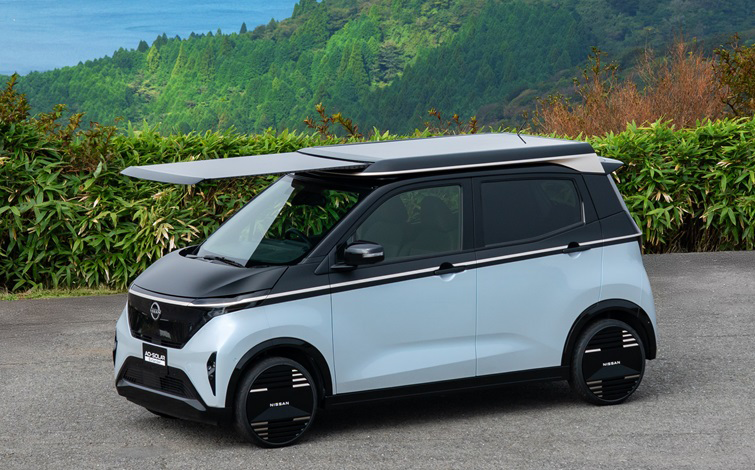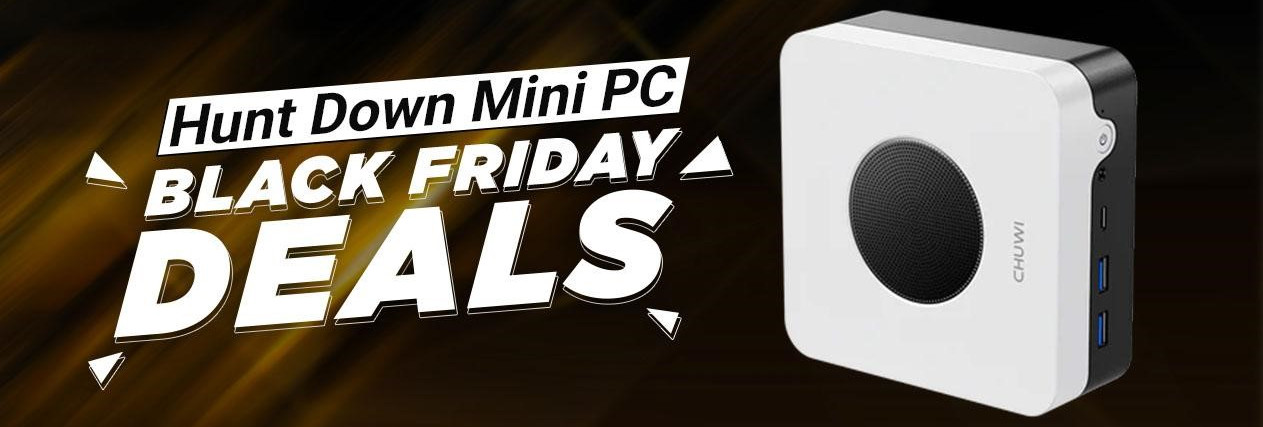
According to Reuters, the South Korean battery cell maker LG Chem is now looking for a site to build a new factory in Europe.
LG Chem is looking for a site to build a new factory in Europe, as it plans to more than double its global car battery capacity to 260 gigawatt hours (GWh) by 2023, from 120 GWh this year.
LG Chem already has two battery cell plants in Europe and both are in Poland where most of LG Chem’s global battery cell production is located. If production capacity is expanded at its already operating plants, LG Chem can produce 120 GWh annually and this would be enough to assemble more than 2 million (2.400.000) battery packs with 50 kWh each.
Last month ORA sold 6.619 electric cars in China and its best selling model was the ORA R1 (Black Cat) with 5.141 units delivered to customers.
ORA is the affordable EV brand of the giant Chinese automaker GWM (Great Wall Motors) that also owns the battery cell maker SVOLT.
Ever since the launch of its first model, the iQ in late 2018, ORA made clear that the ultimate goal is to brings its electric cars to Europe.
On October 8, the first 200 units of the DFSK SERES 3 were shipped to Germany and should arrive next month.
This electric car has similar dimensions to the Kia e-Niro, a starting price of 32.500 euros and a 52,56 kWh cobalt-free LFP (LiFePO4) battery.
Let’s see some of its specs.
Length: 4.385 mm Wheelbase: 2.655 mm Width: 1.850 mm Height: 1.650 mm Ground clearance: 180 mm Curb weight: 1.690 kg Gross weight: 2.065 kg Seats: 5 Motor: 120 kW and 300 N.m of torque Acceleration: 0-100 km/h in 8,9 seconds Battery: 52,56 kWh cobalt-free LFP chemistry with 8 year warranty Range: 405 km in NEDC Fast charging: 20-80 % in 30 minutes Slow charging: 8 hours Starting price: 32.500 euros (before subsidies) In the more realistic WLTP test cycle the range should be around 300 km and the consumption 17,5 kWh/100 km.
Tata Nexon EV is an affordable Indian electric car that was revealed on 19 December 2019 and is already being delivered to customers in India.
This electric car looks good and has decent specs for its starting price of 1.399.000 Indian rupees (16.163 euros). In some ways it’s similar to the upcoming Dacia Spring.
Let’s see what the Tata Nexon EV has to offer.
Length: 3.993 mm Wheelbase: 2.498 mm Width 1.811 mm Height 1.606 mm Curb weight: 1.400 kg Boot space: 350 L Motor: 95 kW and 245 Nm of torque Acceleration: 0-100 km/h in 9,9 seconds and 0-60 km/h in 4,6 seconds Max speed: 120 km/h On-board charger: 15 A, charging 10-90 % in 8 and half hours DC fast charging: 0-80 % in 60 minutes via CCS 2 Battery: 30,2 kWh (liquid cooled) Range: 312 km (MIDC) Motor and battery warranty: 8 years or 160.000 km Vehicle warranty: 3 years or 125.000 km Notice that the MIDC (Modified Indian Driving Cycle) is even more unrealistic than the now obsolete Europe’s NEDC. In the more realistic WLTP test cycle the range would be around 200 km and the consumption around 17 kWh/100 km.
GAC Aion S was probably the first electric car to be available with NCM 811 battery cells and expectations were extremely high for this model.
However, its 58,8 kWh (96 x 3,6 V x 170 Ah) battery pack made with NCM 811 cells from CATL suffered some serious safety problems that damaged the reputation of this battery chemistry.
After three spontaneous combustions GAC decided to abandon NCM 811 from CATL and adopt safer NCM 523 cells from CALB.
The Wuling EV50 and BYD V3 are two new electric vans that share the same body, but they have different cobalt-free LFP batteries.
Let’s start with the Wuling EV50 that gets a 60 kW motor and two batteries options.
Pack 1
Capacity: 43,2 kWh Weight: 332 kg Energy density: 130,12 Wh/kg Range: 300 km (186 miles) Pack 2
Capacity: 41,86 kWh Weight: 308 kg Energy density: 135,91 Wh/kg Range: 245 km (152 miles) Wuling says that the LFP battery packs will last for at least 2 million kilometres and the starting price for the Wuling EV50 is 108.000 yuan (13.596 euros).
The BYD e6 is an electric car aimed for taxi services that has been in production since 2009. It always had cobalt-free LFP (LiFePO4) batteries.
Unfortunately, even with some upgrades since its debut, the BYD e6 always remained a sluggish, heavy and inefficient vehicle. However, now with a facelift it becomes lighter with more range and higher efficiency.
The BYD e6 currently has a 82 kWh battery that weights 700 kg (117 Wh/kg), while the BYD Han EV has a 77 kWh battery that weighs roughly 550 kg (140 Wh/kg).
Guoxuan is an important battery cell maker in China specialized in cobalt-free LFP (LiFePO4) battery cells that also makes long-lasting LTO cells. It produces cells in both cylindrical and prismatic forms.
This company currently supplies cobalt-free LFP battery cells to make the extremely affordable electric car Wuling Hong Guang MINI EV.
Guoxuan prismatic battery cells
Guoxuan cylindrical battery cells
Currently its most energy dense commercial LFP battery cells are in the cylindrical form and already surpass 187 Wh/kg, but Guoxuan expects to reach 210 Wh/kg during this year.
SGMW (SAIC-GM-Wuling) is a joint-venture between GM and SAIC that is producing a truly affordable electric car perfect for the city environment, the Wuling Hong Guang MINI EV.
July was the first full sales month for the electric city car Wuling Hong Guang MINI EV and it was impressive with 7.348 units delivered. Currently more than 15.000 units were already delivered.
Who would’ve known that good availability and decent price is important for a small electric car’s success?!
Volkswagen’s first electric compact SUV is now being built in Zwickau, Saxony, Germany.
First let’s see the press release, then I’ll make some considerations.
Volkswagen’s electric offensive continues to gather speed: Series production of the brand’s first all-electric SUV, the ID.4, gets underway in Zwickau. The world premiere of the ID.4 follows at the end of September. Volkswagen is thus underscoring its ambition to become the world market leader in e-mobility. To this end, the Group is investing some €33 billion in the period to 2024, €11 billion of which have been earmarked for the Volkswagen brand. The brand expects to produce 1.5 million electric cars in 2025.
Months ago SVOLT mentioned that it will start producing NCMA and LNMO cells for CTP (cell-to-pack) battery packs next year and it’ll supply an European carmaker that we now know to be PSA.
What we still don’t know is what kind of battery cells will PSA get from SVOLT. Will they be NCMA, LNMO or both?
During the next years, both chemistries will probably play an important role in the development of electric cars.
Leapmotor started the deliveries of its electric sports car the S01 roughly a year ago, but recently this Chinese startup launched a more affordable electric car, the T03 that could be perfect for the European car market.
With a NEDC range of 403 km (250 miles) - that translates to a WLTP range around 300 km (186 miles) - this electric car is eligible for the full Chinese government subsidy of 22.500 yuan (2.742 euros).

